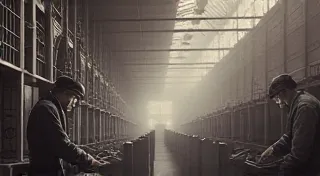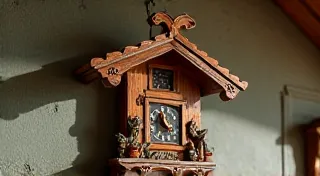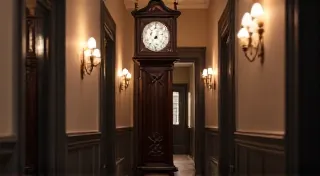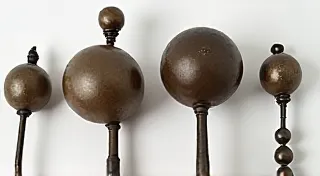The Evolution of Clock Cases: From Simple to Ornate
The history of antique clocks isn't just about the intricate mechanisms that keep time; it's also reflected in the evolution of their cases. Initially built for functionality, clock cases gradually transformed into expressions of artistry and status, mirroring changing styles and craftsmanship across centuries. Understanding this evolution can be a crucial part of clock identification and appreciating their historical significance.
Early Functional Forms (16th – 17th Centuries)
Early clocks, particularly those dating from the 16th and 17th centuries, prioritized practicality. These were the era of tall case clocks (grandfather clocks) beginning to emerge, but even then, cases were often simple and unadorned. Wood was the primary material – oak was common due to its durability – and carving was minimal, usually limited to simple moldings or panels. The focus was on protecting the movement and providing a stable base. Case shapes were rectangular or slightly tapered, often with a "cupboard" or box-like construction.
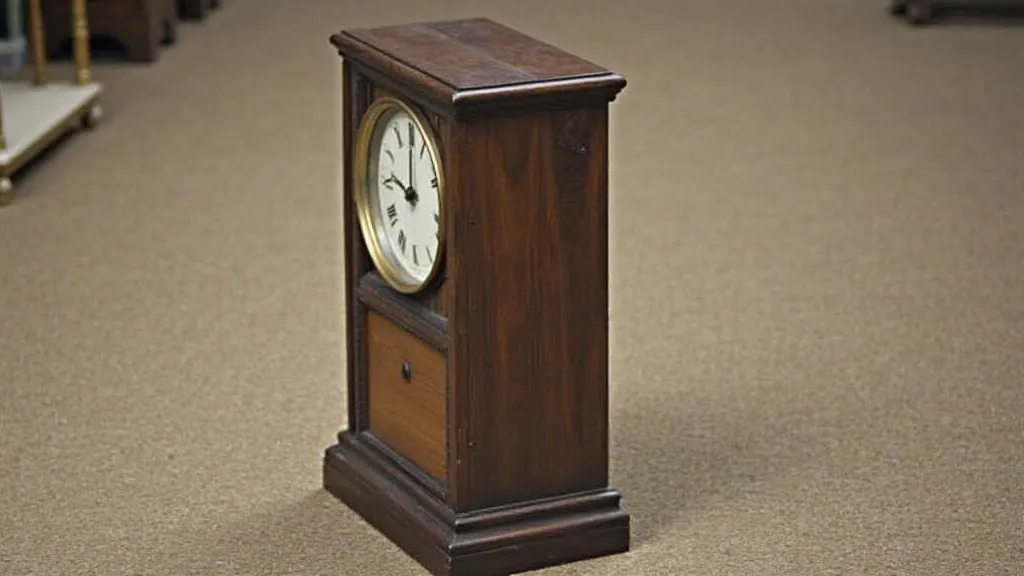
The Rise of Baroque & Rococo (18th Century)
The 18th century saw a dramatic shift towards more decorative styles, driven by the Baroque and Rococo movements. Clock cases began to reflect the exuberance of these styles. Carving became more elaborate, featuring floral motifs, scrolls, and curves. Walnut, mahogany, and other richer woods replaced oak in many cases. Smaller mantel clocks and carriage clocks also emerged, allowing for even more intricate case designs. Gilt detailing and the use of exotic veneers were hallmarks of this era. These clocks were often symbols of wealth and refinement.
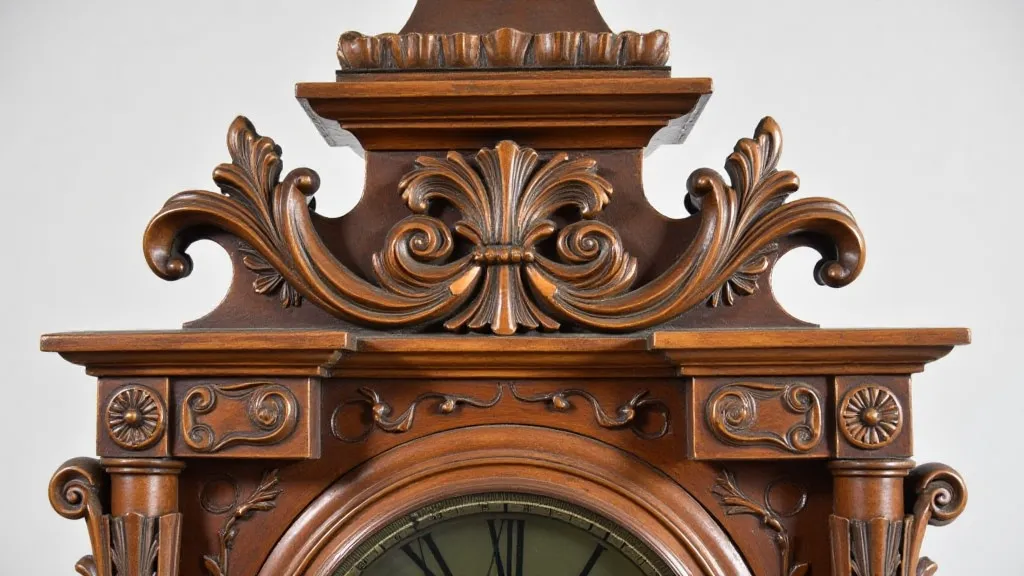
Neoclassicism and Beyond (Late 18th – 19th Centuries)
The late 18th and 19th centuries witnessed a return to more classical forms with the Neoclassical movement. Clock cases adopted cleaner lines, straight edges, and symmetrical designs, often inspired by ancient Greek and Roman architecture. Mahogany remained popular, and inlay work (using contrasting woods or materials) became a common decorative element. As mass production techniques developed in the 19th century, a wider range of case styles became available, catering to different tastes and budgets. Victorian era clocks, in particular, showcased a mix of styles, often incorporating elements of Gothic Revival, Renaissance Revival, and Egyptian Revival.
Materials and Regional Variations
The materials used for clock cases varied significantly based on location and available resources. While oak and walnut were prevalent in Europe, American clock cases frequently utilized cherry, maple, and birch. Regional woodworking traditions also influenced design. For instance, German Black Forest clocks often featured distinctive chalet-style cases, while French clocks tended towards more elegant and curved forms.
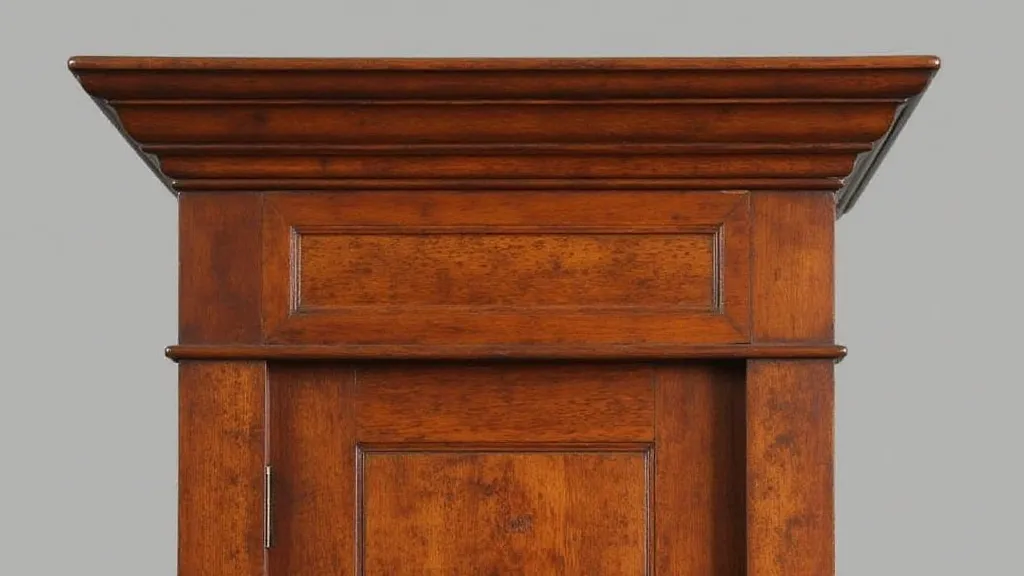
Identifying Clocks Through Case Style
The style of a clock's case can offer valuable clues for identification. By carefully observing the wood type, carving details, shape, and overall aesthetic, you can often narrow down the clock's age, origin, and potential maker. Understanding the evolution of clock cases is not only aesthetically enriching but also an essential tool for anyone interested in collecting or identifying antique clocks. It connects the fascinating mechanics of timekeeping to the broader currents of art, design, and history.
